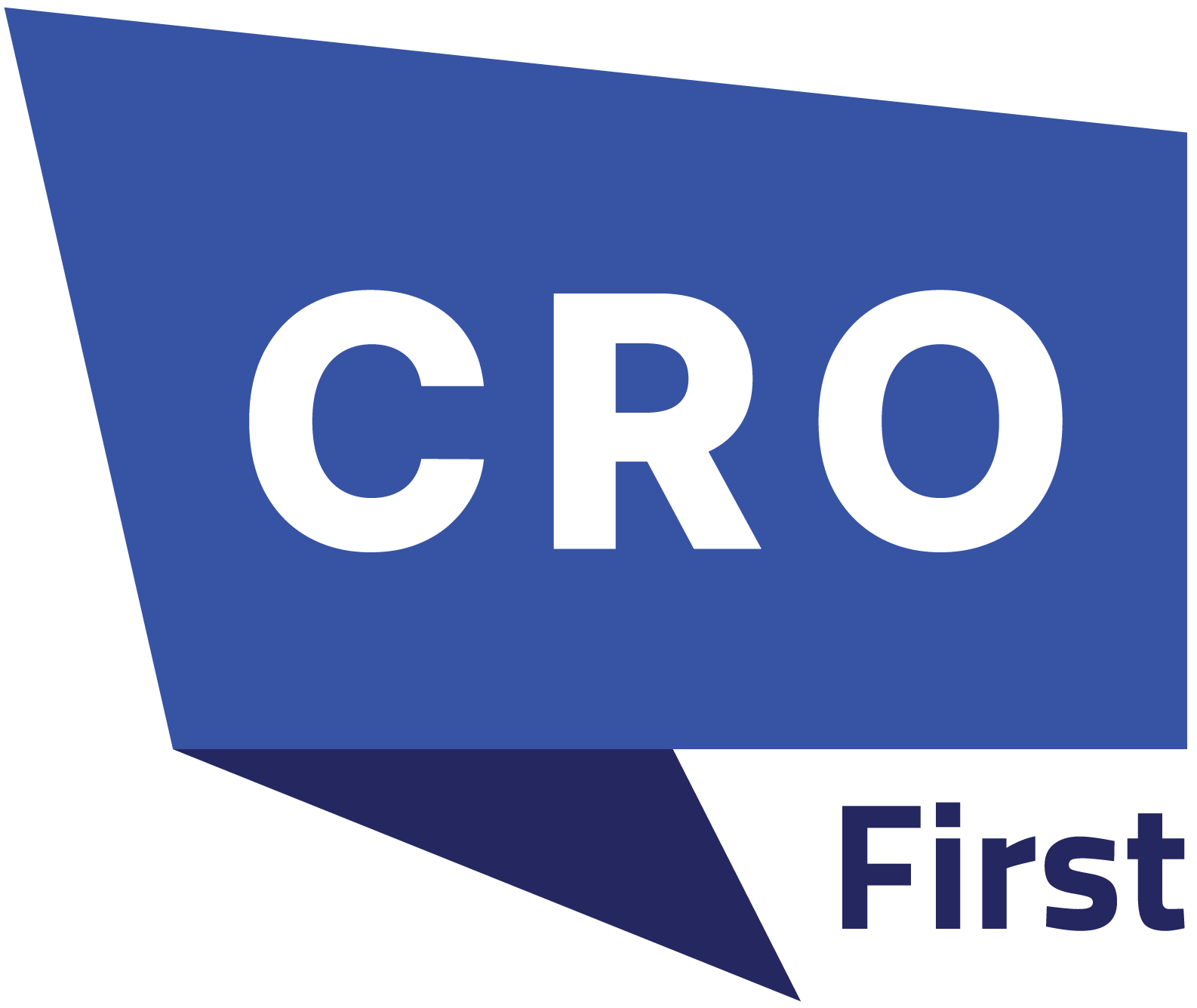IBM announced the launch of IBM Digital Asset Haven, a comprehensive platform designed for financial institutions, governments and corporates to manage the full lifecycle of digital assets, from custody, transactions to settlement, while meeting the high demands of sovereignty, security and regulatory compliance.
Developed in partnership with wallet infrastructure specialist Dfns, which has provisioned over 15 million wallets for more than 250 clients, Digital Asset Haven seeks to bridge the gap between legacy financial-service rails and emerging tokenised-asset ecosystems.
Platform Highlights
Key features of the platform include:
Transaction Lifecycle Management: Supports routing, automation, monitoring and settlement across 40+ public and private blockchains.
Governance & Entitlement Management: A unified framework for wallet access, policy enforcement and multi-party authorisations.
Integrated Third-Party Services: Pre-integrated modules for KYC/AML, financial-crime prevention and yield generation; plus REST APIs and SDKs for custom integration.
Security and Key Management: Built on IBM’s enterprise infrastructure, including Multi-Party Computation (MPC), Hardware Security Modules (HSM) such as IBM Crypto Express 8S and offline signing orchestration.
Deployment Options: SaaS and Hybrid-SaaS in Q4 2025, on-premises in Q2 2026.
Why It Matters for the Revenue Industry
The revenue industry which encompasses banks, asset managers, fintechs and institutional capital markets is being reshaped by the tokenisation of assets, digital-native financial products and new settlement models. IBM Digital Asset Haven arrives at a pivotal moment, and here’s how it could affect revenue and business models:
- Unlocking New Revenue Streams from Digital Assets
By providing regulated institutions with secure infrastructure to manage tokenised assets, stablecoins and digital securities, organisations can monetise previously under-utilised asset classes. Revenue leaders can now treat “idle” assets or digital holdings as active yield-generating inventory.
- Faster Time to Market for Digital Products
With a full-stack solution supporting multiple blockchains, integration ready services and governance frameworks, firms can launch new token-based products (e.g., tokenised funds, digital bonds, custody services) more quickly, thereby shortening the path from concept to revenue.
- Improved Operational Efficiency & Cost Control
Systems built for high compliance demands and automated workflows reduce manual overhead, reconciliation loss and operational risk. Reduced cost of operations supports better margins in revenue-driven units such as digital asset desks or custody business lines.
- Better Governance and Compliance = Higher Investor Confidence
As institutional investors demand transparency, risk control and auditability, having a platform that addresses policy, key management and multi-party governance enhances credibility. This helps firms capture more assets under management (AUM) and unlock incentive‐led revenue opportunities.
Also Read: CWAN and J.P. Morgan Redefine Hedge Fund Treasury with Automated Cash Management Integration
Broader Implications for Businesses
The launch has wider business implications beyond just revenue:
Competitive Differentiation: Organizations that adopt this infrastructure early gain a strategic edge. They can benefit first in tokenized securities, real-world assets (RWAs), and decentralized finance (DeFi) services.
Ecosystem Partnerships and Value-Add Services: Digital Asset Haven’s model invites third-party providers, like identity, compliance, and analytics services. This helps firms expand their offerings and monetize new capabilities.
Scalability and Flexibility: The hybrid deployment options and multi-blockchain support let various organizations, like banks, governments, and fintechs, join in. This scalability increases market size, boosting both volume and revenue.
Risk Mitigation and Regulatory Readiness: As jurisdictions strengthen regulation around digital assets, having robust infrastructure means lower regulatory risk, which in turn reduces the cost of capital and supports growth of revenue-generating business lines.
Conclusion
IBM Digital Asset Haven is more than just a technical product. It serves as a bridge between traditional finance and the fast-evolving world of tokenized digital assets. For revenue-focused businesses, like banks, asset managers, and fintechs, the platform helps monetize new financial instruments. It also ensures security, compliance, and scalability. As digital assets move from pilot projects to full production, firms investing in strong infrastructure may find new revenue opportunities. This can improve operations and help them stand out in a tokenized economy.

